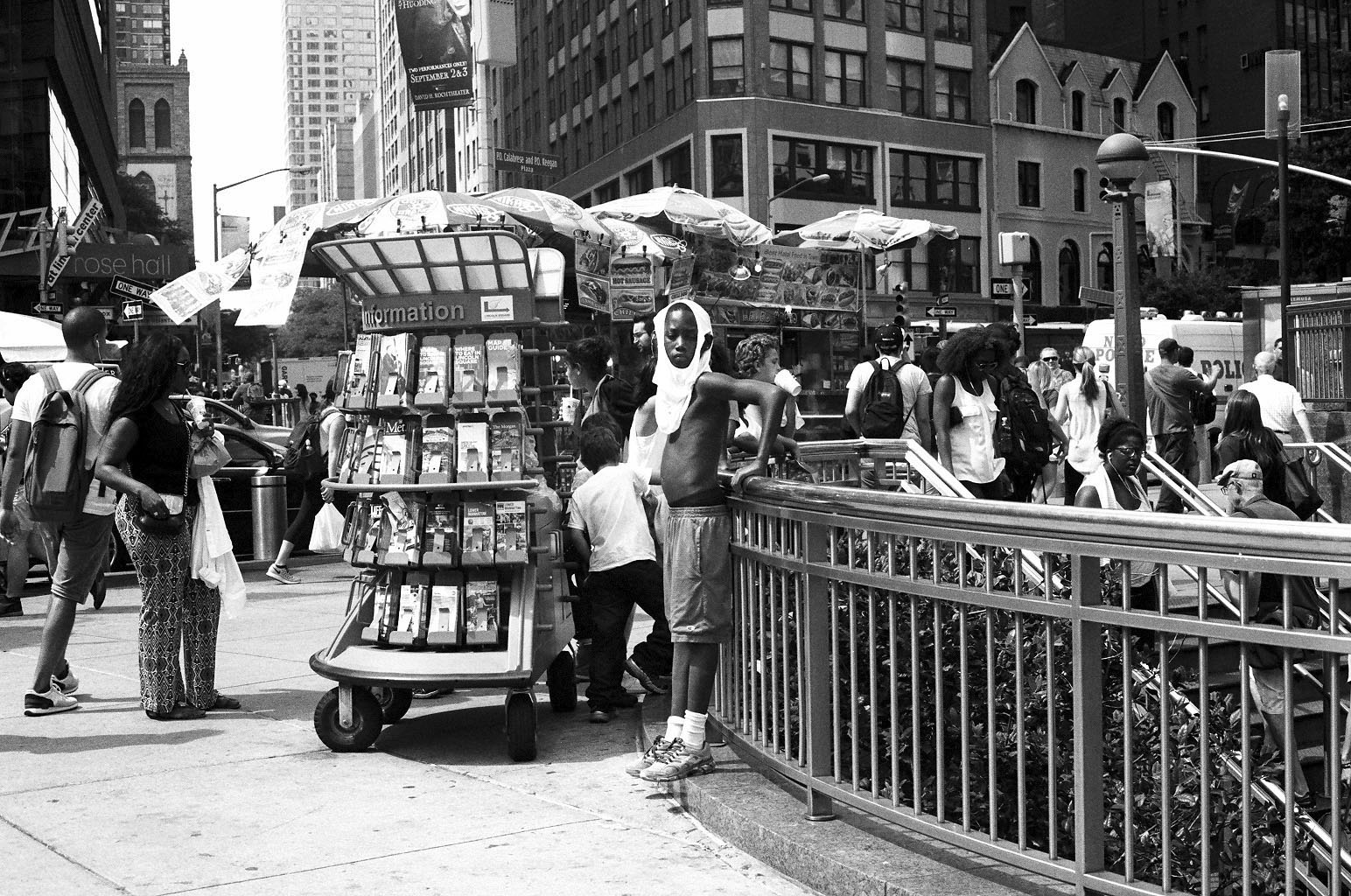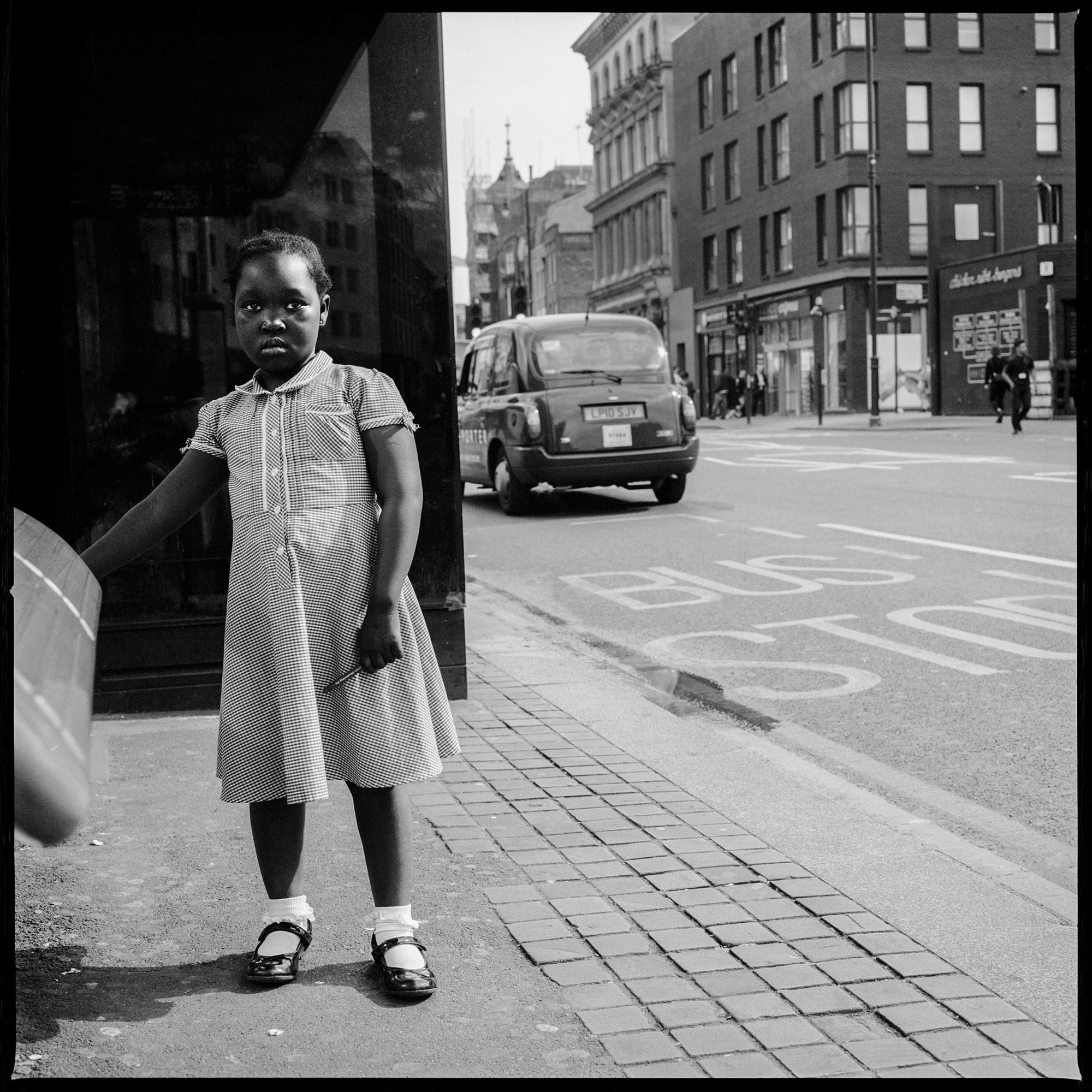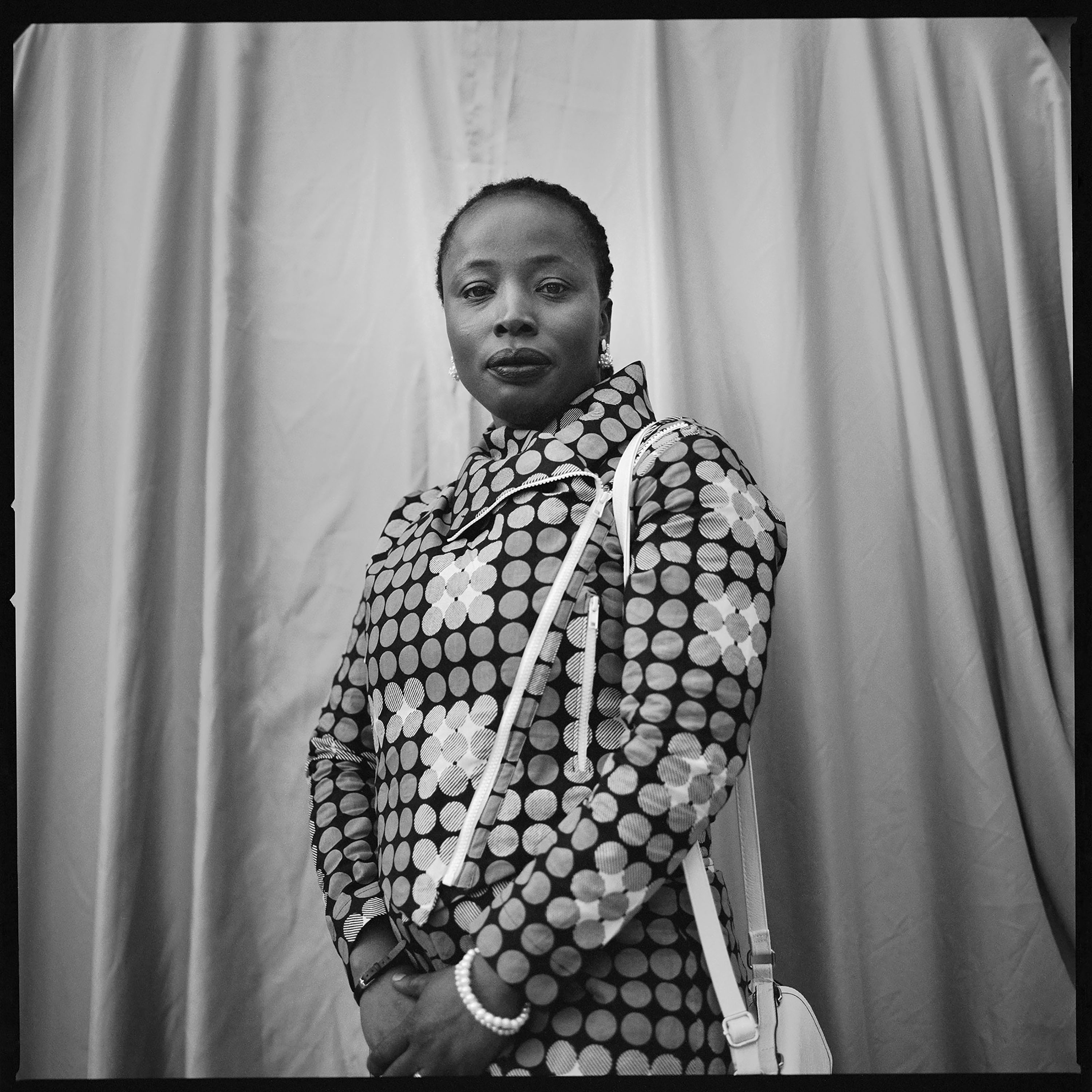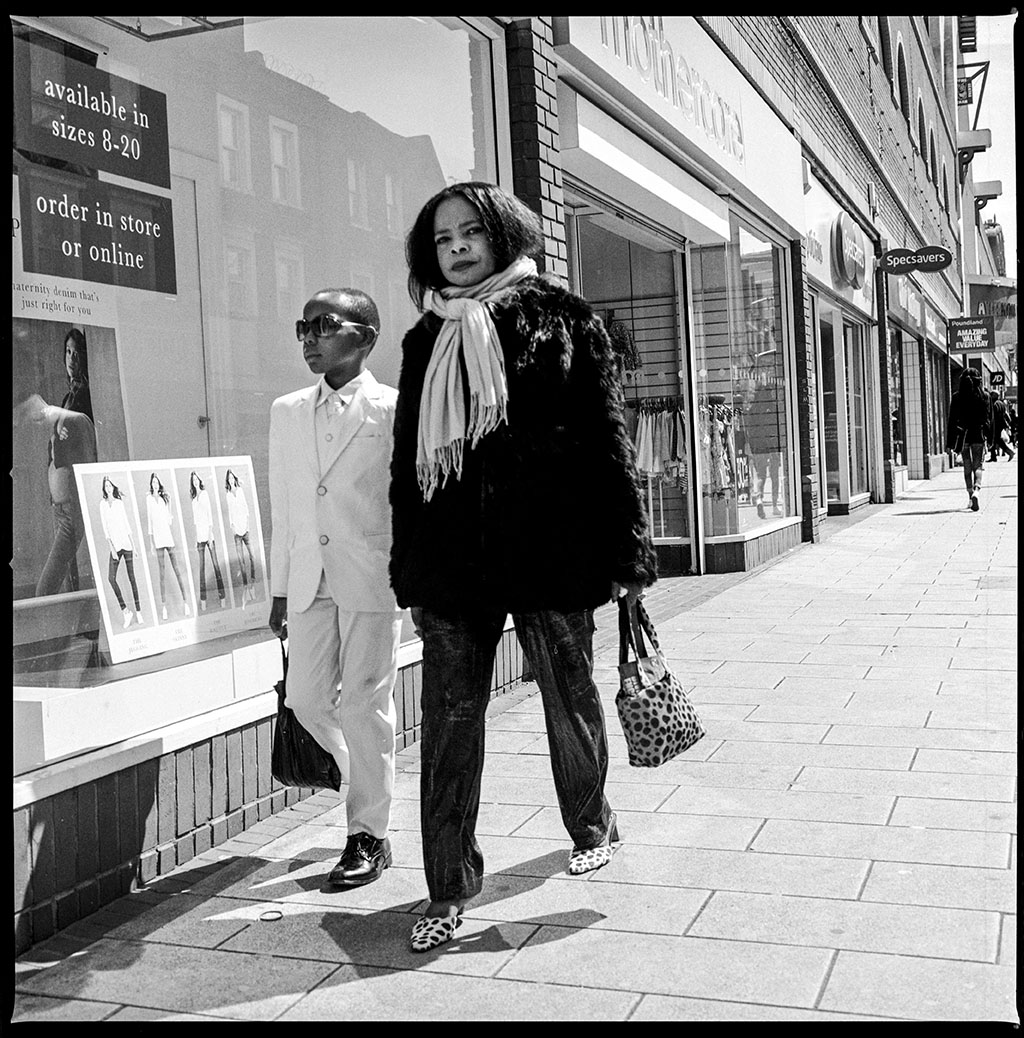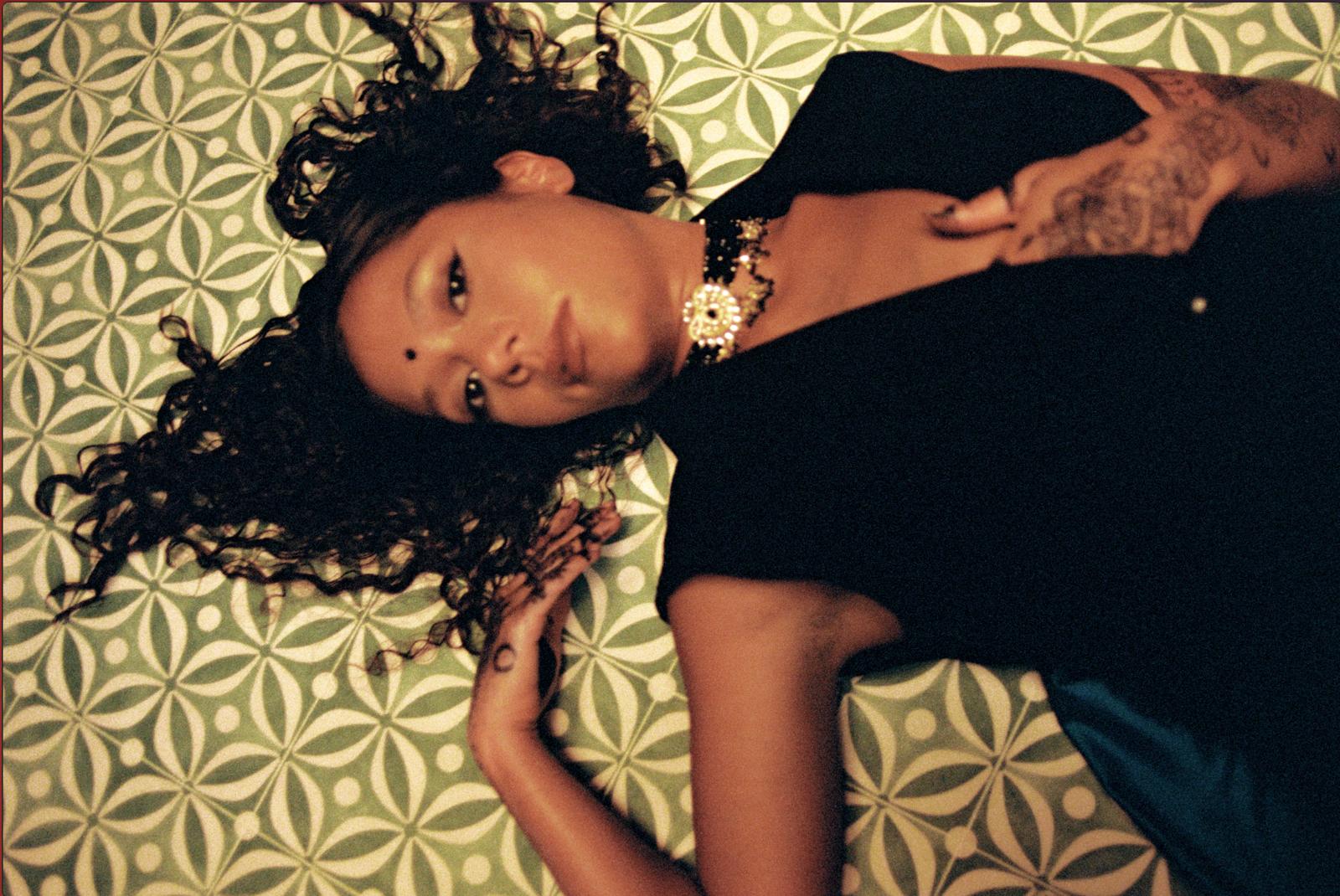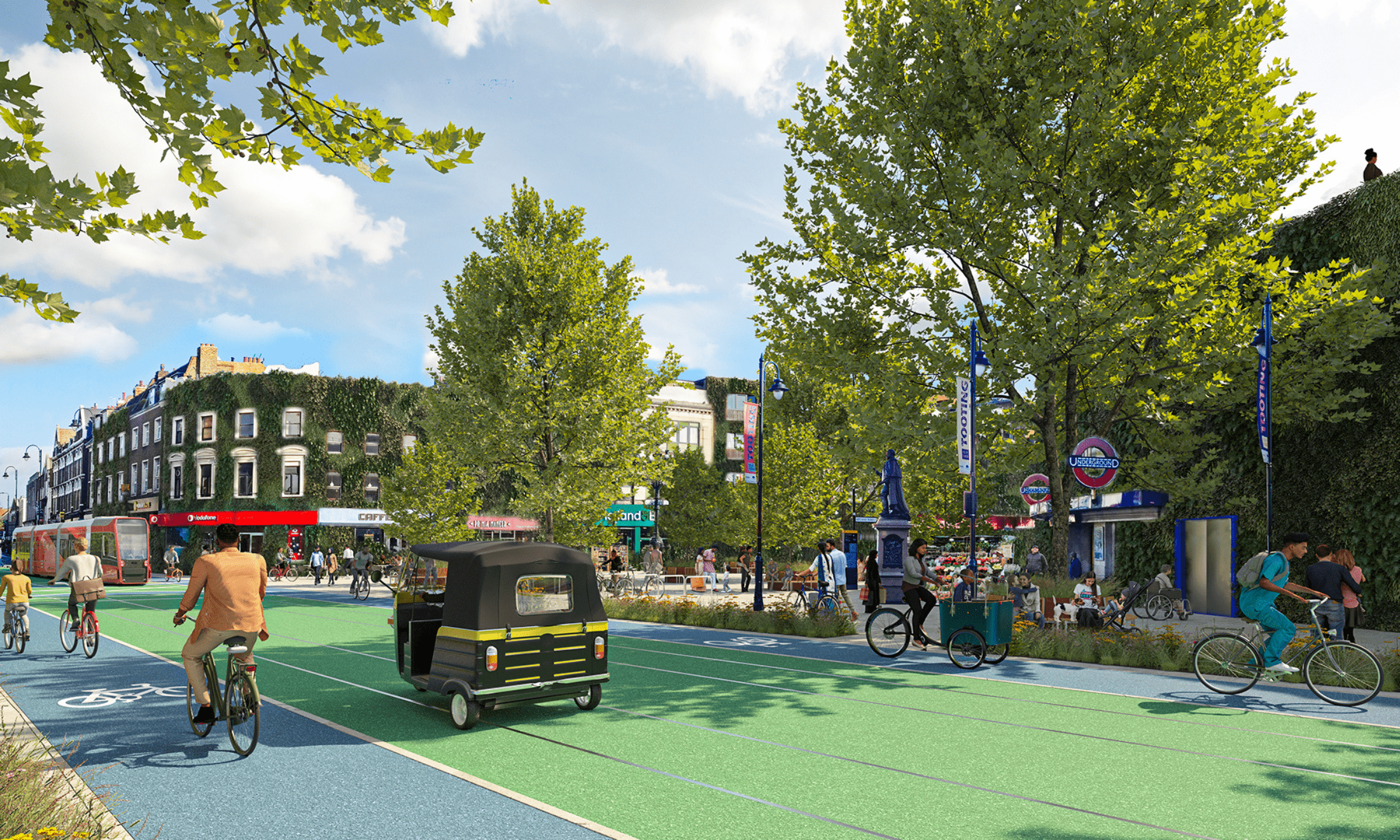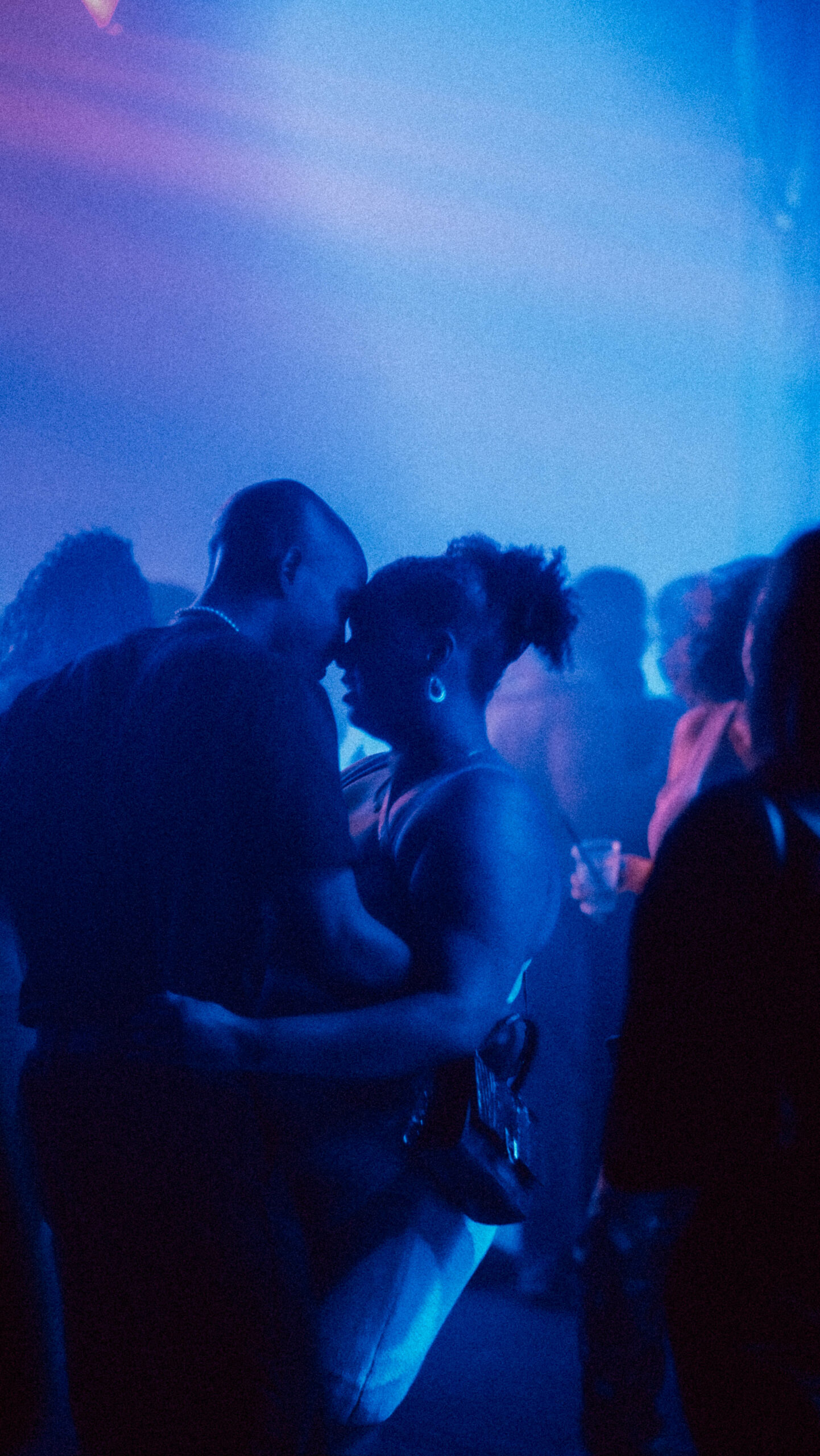
Adama Jalloh’s beautiful work celebrates the beauty in blackness and all things south London. Her images are un-staged and capture the nuances of growing up black in Britain, from beautiful portraits of black hair salons, barbershops and nail salons to pictures of people going about their daily lives on the streets of London.
Check out some of her images below, and the inspiration behind her photographs. Her work will also be displayed in gal-dem’s first print issue this September.
I asked Adama how she would describe herself in a nutshell. She’s a 23-year-old photographer who graduated last year from the University of Bournemouth. Most importantly, she adds, she was “born and raised in London”, which is central to her work. She can now be found freelancing on various projects, from fashion photography to portraiture.
Adama’s journey into photography started at school, with parents who were extremely supportive of her work as she progressed through photography GCSE. “I started off shooting anything I could think of from flowers, surfaces, buildings, public performances and friends. I think my parents started to see how much interest I took in photography and bought me my first camera when I was 16/17 and since then I haven’t stopped.”
As you can see from her imagery, Adama’s work is influenced wholeheartedly by her upbringing, surroundings and the microaggressions which come with. Her photographs of children getting their hair braided at local salons are just one illustration of this fact.
“I grew up in Peckham and black hair salons is one of the many settings that I’m familiar with. I shot that project (identity) while studying at university and around that time I was constantly being asked questions about my hair – from how I did it, where I did it, how long it would take etc. All the answers I was giving people seemed like such a shocker, which I found funny because for me and many other black girls it’s a complete norm. I guess that project was the starting point of me wanting to show what I have been and still am surrounded by.”
We’ve written about some fantastic artists who make it their mission to feature black individuals as their subject matter. I wanted to know whether the abundance of melanin in her photography was a deliberate decision, or more of a natural coming together of her upbringing and personal identity.
“It’s important to me because I just want black individuals to simply be seen. I think there are quite a lot of issues as well as just simple everyday moments that are ignored and I’m just trying to capture that. I’m not the greatest when it comes to vocalising my thoughts sometimes and I feel photography definitely helps with that – especially when dealing with race, culture and identity within my work. With specific projects that I have worked on, I’m definitely making a conscious decision to focus on black people and experiences. At the same time when I’m shooting something like street photography it’s based on what I’m drawn towards and what I’m around at that particular moment – if black individuals are seen as the subject then they just are.”
Adama’s work brings together both people and places. She explained that, “people and places can have a close link sometimes, especially when shooting in areas where individuals are familiar with each other or have grown up together. I think by just witnessing so many different things within a community makes me super eager to just shoot.”
Her photographical inspirations lie in individuals such as Jamel Shabazz, James Barnor, Delphine Diallo, Malick Sidibe who she says have “definitely helped with shaping the way I wanted to produce work as well”. As her preferred forms of photography are unstaged, she “shoots quite a lot at waist level so at times people that I photograph don’t even realise what I’m doing. I think that helps a lot with reacting really quickly and capturing moments naturally. Approaching people for a photo is always cool too because you never really know how they’ll respond. I get even more surprised when people not only say yes but are fully confident in front of the camera or interact with me like we’ve met before.”
Adama’s website provides a sea of black and white imagery, placing a direct focus on subject matter within each of her photographs. Her reasons for doing so are deliberate, “I guess because black and white is minimal I feel like my images communicate a bit better – and the editing process doesn’t become a battle with myself on how correct colours, tones and light need to be. Besides me saying this, I’m starting to push myself to shoot more in colour because I’m so used to visualising everything in black and white. That and I just want to change up my portfolio a little.”
The response to Adama’s work since graduating has been astounding; her art really does speak for itself. We finished the conversation by discussing the positive response she’s had to date and her plans for the future. “I wasn’t expecting any of that at all to be honest. I’m just glad my images connect with some people in different ways; hopefully it continues that way. I’ll be part of a group exhibition called ‘A New Sensation’ which will be taking place at Mother London on June 16th for one night only.”
Adama’s work can be found here.

